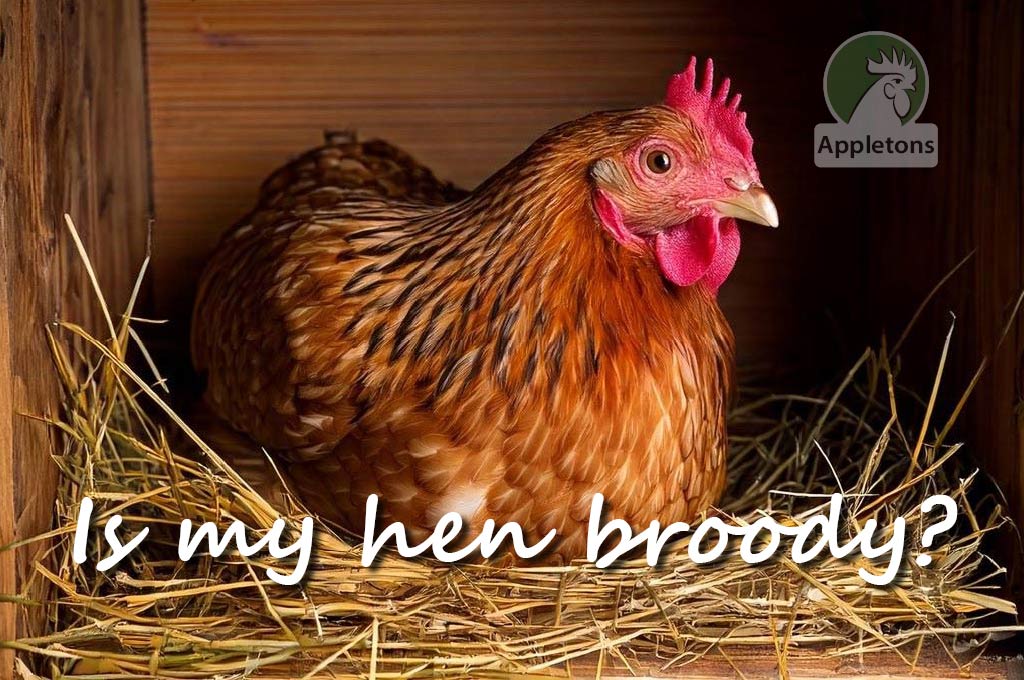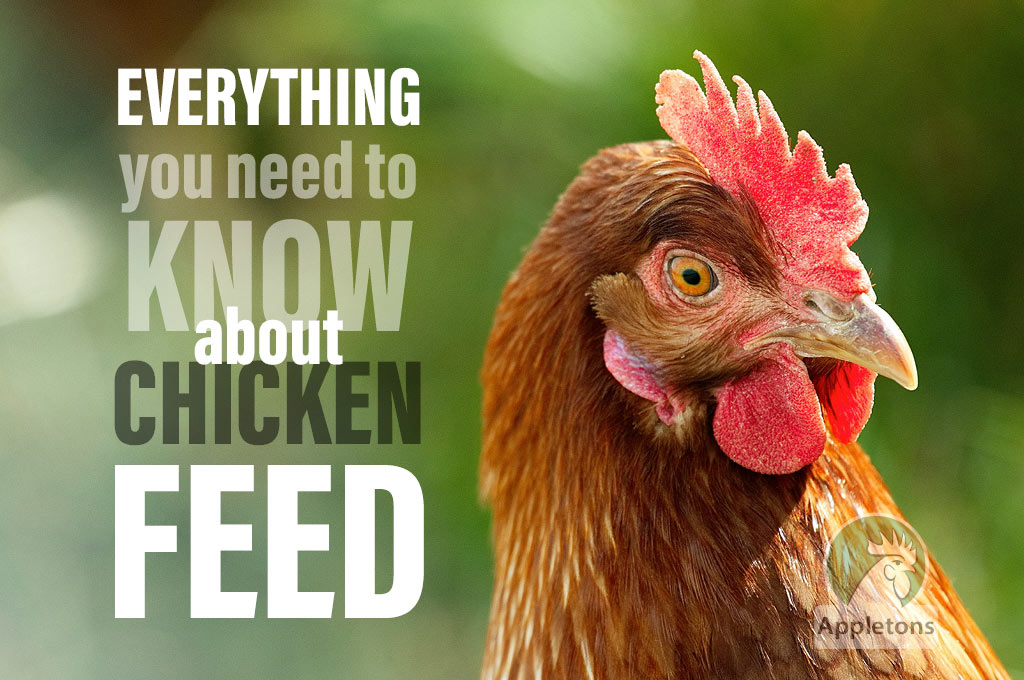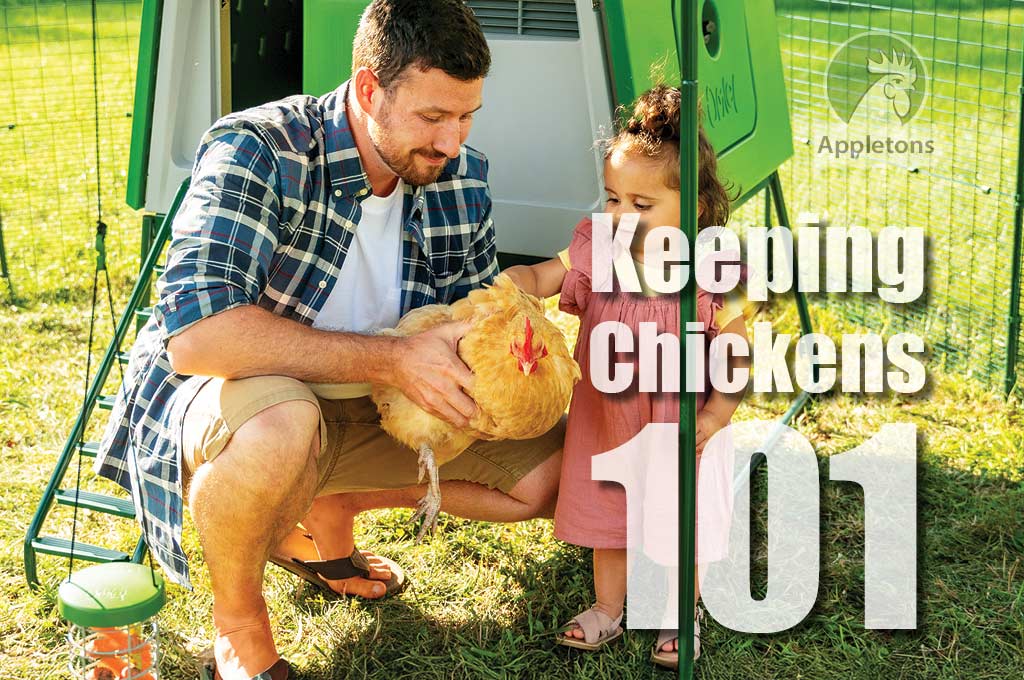Why Are My Hens Not Laying? 🥚
Sunday, September 1st, 2019
Most people decide to keep chickens because they’re looking forward to a supply of fresh eggs. So when the hens don’t deliver the goods, it can be worrying, baffling and frustrating. In most cases, patience is the simple answer. There are a number of reasons why hens might not be laying, but the commonest are simply to do with age. They will not start laying until they are six months old or thereabouts. The exact timing depends on breeds. Some, such as Brown Shavers and Leghorns, begin laying early, between 18 and 22 weeks. With some of the larger breeds such as, Orpingtons, Plymouth Rocks, and Wyandottes, you can wait up to eight months for the first eggs to appear. Another complicating factor is the time of year. Hens that reach egg-laying maturity in the autumn or winter may not lay until spring. This underlines another common answer to the “Why are my hens not laying?” question - most breeds tend to stop producing eggs, or drastically reduce their output, in the colder months.


In the Mood to Brood
Sometimes a chicken decides to sit tight and wait for her egg to hatch. In this maternal mood, she is known as a broody hen, and will stop producing eggs. This is handy if you want to hatch chicks, as the hen will happily sit there for the three weeks it takes to hatch an egg. It’s less handy if you want her to produce more eggs, though.
The hen can either be left for three weeks, after which she will resume normal service, or you can gently discourage her. Some chicken keepers recommend placing the hen in a wire cage or dog crate, with food and water. This is a little uncomfortable, and will usually beak the brooding habit.
We recommend placing her in the sin bin!



Swipe for more
All Change | Moulting & Ageing
All hens have a time limit on their laying. On average they will produce a good number of eggs for approximately two to three years. Most hens take ‘time off’ for winter, and also for moulting. Many breeds undergo what’s known as a hard moult, losing their feathers over a few days and growing a new set quickly. Others may undergo a ‘soft’ moult, losing a few feathers at a time. Keeping the hens well fed, and adding a little extra protein to their diet, will keep them healthy during this time. Their physical efforts are concentrated on growing new feathers, which is why the egg supply tends to drop during the moult. This underlines another important point – a nutritious diet, centred on a fortified chicken feed and plenty of calcium, is vital. If hens are malnourished, egg production will drop. Lack of water will also bring laying to a halt.


Sick Birds Don’t Lay
If your hens are neither too young nor too old, not moulting, not brooding, and not hunkering down for a cold winter, the reason for the drop in eggs may be illness. Parasites - lice, mites, fleas, internal worms – can cause bodily stress that impacts their laying.
Stress can also be brought on by bullying, too much handling, injury, noisy children and pets in the garden, or poor environment. Making sure the hens have a space where they can stay happy and healthy is vital.
A setup such as the Eglu coop and Omlet walk-in run, along with suitable perches, feeders and other essential accessories, does the trick.
There may be other underlying health issues at play, though. Check out our pages on chicken healthcare for more advice on diagnosing and - where possible - treating problems.



Swipe for more
Vanishing Eggs
It’s just possible that your non-laying hens are laying - it’s just that you can’t find the eggs. There are two reasons for this. Free-ranging chickens often ‘go native’ and begin laying eggs in a spot in the undergrowth, rather than in the coop. Check under shrubs, in long grass, and any secluded corner of your plot of land. If the AWOL laying has been going on for a long time, there may be a few eggs out there in the wilderness. Check their freshness by placing them in a bowl of water. If the eggs lie on their sides, they are fresh. If they are more upright (between 45 and 90 degrees), but still resting on the bottom of the bowl, they are not fresh, but still usable. Any that float have passed their sell-by date! Eggs may also disappear if a hen acquires a taste for them. Egg-eating amongst chickens can be a sign of overcrowding or poor diet. Once she has acquired the taste, it can be difficult to stop a hen eating eggs, and she may need isolating to stop her pecking at her neighbours’ eggs. The isolation may also induce slight stress, just enough to interrupt her own laying, which may in turn break the habit. Egg thieves could also be responsible for no eggs. Weka, Pukeko, hedgehogs and rats could be the culprit.

Look after your layers.
Assist and supplement where needed.

All round support
Agrivite Poultry Pep promotes good eggshell quality plus supports egg laying performance. Helps hens during extremely hot and cold weather.

Thin egg-shells
Agrivite Enhance contains vitamin D3 which enables the body to absorb calcium and magnesium and is essential for the bone and eggshell matrix.
Normal Egg Service Resumed 🥚🥚🥚
Don’t worry - unless a hen is very old or very ill, her egg-laying should soon resume.
Owners can aid the process by making sure they’re giving the birds everything they need. They keys to a good egg supply are good food, a good space - and patience!



